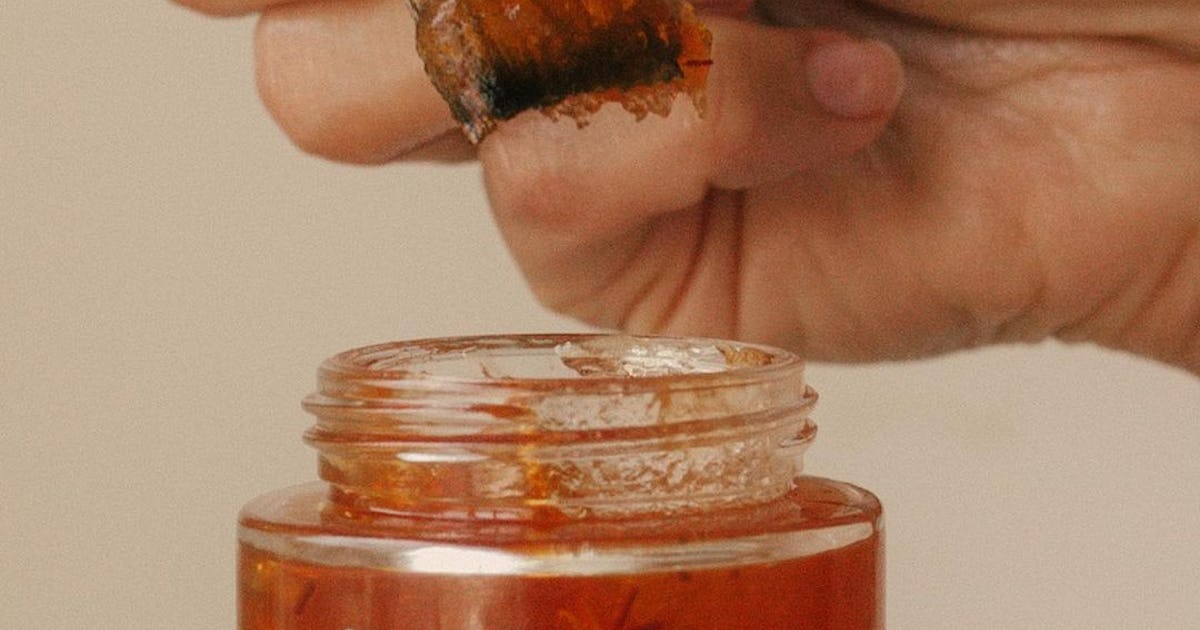The quick response is that light-weight can undoubtedly have an affect on wine, but we need to have to acquire a closer glance at the physics and chemistry of it all to have an understanding of why and how in what is referred to as gentle-strike reactions, which can impart off-odors to wine, what the French simply call goût de lumière.
Wine is sensitive to the damaging rays of light, particularly ultraviolet (UV) rays from daylight and fluorescent lighting that’s why wine (and beer) is packaged in dark bottles-the best example is Port in all those common, darkish, opaque bottles. Wines packaged in obvious glass bottles are meant for swift consumption and ought to be stored in carton containers until these types of a time.
All kinds of radiation, including noticeable light ultraviolet (UV) rays and X-rays, have electrical power that is immediately proportional to their frequencies or inversely proportional to their wavelengths-that is, higher-frequency waves have limited wavelengths, and vice versa. And the increased the electrical power, the larger the catalytic result of chemical reactions in wine.
Of worry in wine are noticeable gentle and the sun’s UVA rays-of course, UVA rays for the reason that study has verified that even a shorter publicity of wine to sunlight (UVB and UVC are absorbed by the environment), in the purchase of hours, can have harmful effects. That is simply because UVA rays lie in the 315-400 nanometer (nm) selection of the electromagnetic spectrum and therefore has far more vitality than obvious light-weight, which lies in the 400-700 nm range.
Glass functions as a filter, but apparent glass presents no protection against UVA and visible light. Green glass delivers some protection, but only fifty percent as excellent as amber dark-amber glass features nearly total safety. So why is so significantly wine, significantly a lot of of the extremely-high quality wines of the earth, packaged in green glass? This is likely for historical motives when producing green-coloured glass was most straightforward and the impact of radiation on wine was mysterious.
But glass is only 50 percent the tale. We ought to now take into account the optical homes of wine to then establish how radiation consequences any chemical response.
Study has demonstrated that wavelengths in the 375-440 nm array-that is, the high close of the UVA range and the blue (reduced) finish of the seen gentle assortment-are most detrimental to wine. The amount of radiation absorbed by wine in this assortment is specifically proportional to opacity for that reason, pink wine absorbs the most, and is most influenced, even though white wine absorbs the least-rosé wine is in the center. As these kinds of, for promoting function the place displaying coloration is significant, white wine can be saved in crystal clear glass, despite the fact that not for extended periods of time which is why high quality whites, these types of as age-deserving Chablis wines occur in dead-leaf-coloured glass, a golden-yellow shade that offers greater protection than eco-friendly.
Opaque, deeply colored, prosperous reds take up nearly all radiation even so, these have the highest focus of influence-inhibiting tannins, which provide security. But if the focus is low or the extent of publicity is extensive, disagreeable and off-putting aromas and flavors can develop. Exclusively, purple wine has sulfur-that contains amino acids, specifically, that contains methionine and cysteine, which have a thiol (sulfur-hydrogen) side chain in their constructions. These then react with obviously transpiring nutritional vitamins, this sort of as riboflavin (vitamin B2) and pantothenic acid (vitamin B5)-h2o-soluble nutritional vitamins that are very easily wrecked by heat, oxygen and, that’s ideal, UV light-weight. The merchandise of this response are sulfur compounds these types of as hydrogen sulfide, dimethyl sulfide (DMS), and dimethyl disulfide (DMDS), dependable for imparting a selection of foul smells from rotten eggs to cabbage and moist canine.
Appealing science.
And now I am left to wonder if my valuable magnum of 1991 Château d’Yquem, in a clear-glass bottle, which I acquired for my son born that same 12 months, was influenced by X-rays on its vacation from the U.S. It was pre-9/11, on the other hand, the unyielding airport security guard simply couldn’t be persuaded not to X-ray my treasured bottle. I guess he was not a fantastic-wine aficionado.



















/https://specials-images.forbesimg.com/imageserve/604ad3acf728cc29468fec2e/0x0.jpg?cropX1=0&cropX2=846&cropY1=47&cropY2=523)
![See Inside the Amazing Homes of State Music’s Queens [Pics]](https://townsquare.media/site/204/files/2020/08/tim-mcgraw-faith-hill-mansion-california-pictures.jpg?w=1200&h=0&zc=1&s=0&a=t&q=89)












